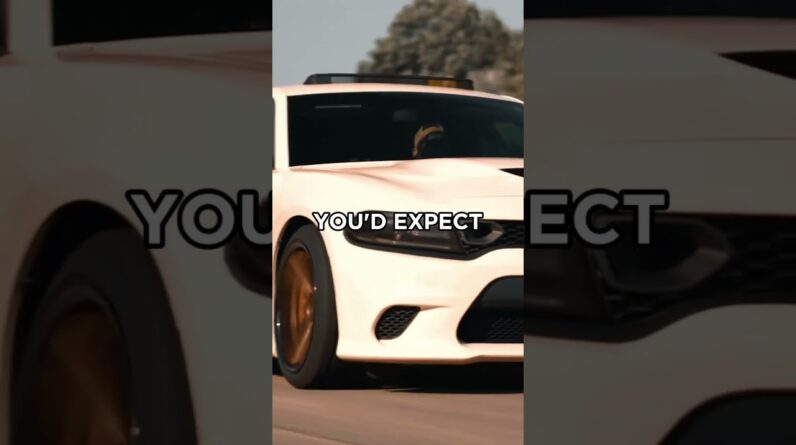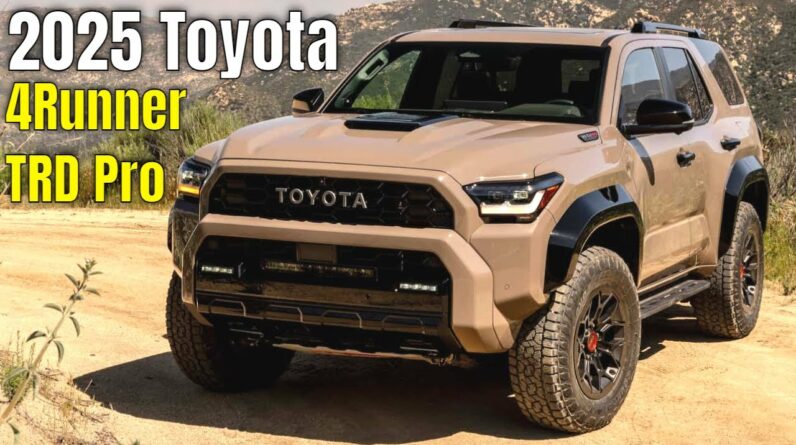Kia unveiled the EV3 Concept, among other electric vehicles, at its inaugural EV Day event in Seoul. The event also featured the production version of the EV5 crossover and the new EV4 Concept sedan. However, it’s the EV3 Concept that stands out with its capability to accommodate and charge what we might call an “electric micro-mobility solution.”
V2L technology is increasingly becoming a common and popular feature in modern EVs. It effectively transforms your car into a mobile battery, capable of directly charging various devices, from laptops to tools and appliances. In Kia and Hyundai’s EVs, you typically connect your device to an adapter resembling a J1772 plug, press a button, and voila – your devices are powered up.
While Hyundai Motor Group doesn’t currently manufacture scooters or e-bikes, they’ve dabbled in such ventures in the past, hinting at a possible expansion into “last mile” mobility solutions. For the younger, urban demographic that Kia is targeting with the EV3, the ability to store and charge such devices could be a game-changer, especially considering the growing popularity of e-bikes, which are beginning to outsell traditional bicycles in some markets. If that’s not your style, you could always opt for a Honda Motocompacto and stow it in the back of your Kia.
But wait, there’s more to this car’s bag of tricks. Inside, you’ll find a console table crafted from mycelium, the root-like structure of a fungus. Marília Biill, Kia’s head of Color, Materials, and Finish design, explains that “Using Mycelium enables us to mimic the processes we see in nature and leverage it to design more sustainable solutions.” Kia is committed to further exploring this material as part of its sustainability strategy.
Visually, the EV3 Concept follows a familiar design language seen in some of its larger siblings, resembling an EV9 or EV5 but in a size similar to that of a Kia Niro. It’s poised to play a pivotal role in Kia’s ambitious plans to expand its EV lineup, with the aim of achieving over 1 million global EV sales by 2026, and ultimately, having EVs account for nearly 40 percent of its global sales by 2030. However, details about battery sizes and specifications, such as whether it will adopt the ultra-fast charging 800-volt architecture like the EV6 and EV9 or stick to the more conventional 400-volt architecture like the EV5, remain undisclosed.
As for the fate of the Kia Niro EV, Min Woo Park, Kia’s global product team leader, assures us it’s not going anywhere. “We still believe there are customers who will look for more affordable EVs, like Niro. We’ll still keep our strategy [going] for that,” he said.
The big question mark, though, is whether the EV3 will make its way to the United States. Park indicates they are still in the evaluation phase, a similar story to the EV4. Furthermore, it’s unclear whether the production-spec EV3 will be manufactured in North America or not, similar to the Genesis Electrified GV70 at Hyundai’s Metaplant in Georgia or Alabama. Without local production, it won’t qualify for the $7,500 tax credits unless it’s leased. Kia is still assessing this aspect as well.
Nevertheless, it’s undeniable that the EV3 Concept holds promise, and if the EV5 and EV9 Concepts that came before it are any indication, the production version is likely to closely resemble the concept we see today. Exciting times lie ahead in the world of electric crossovers.
Get More Great Car Videos – Subscribe: https://goo.gl/BSIaFc







